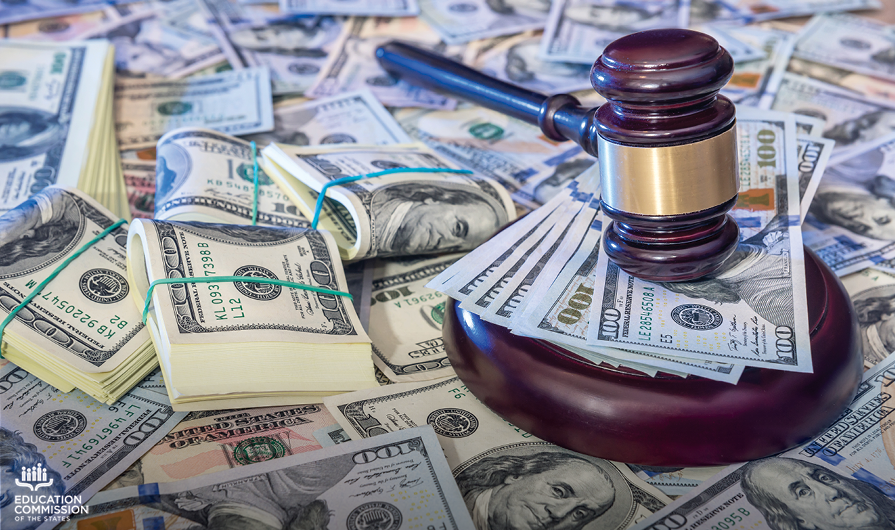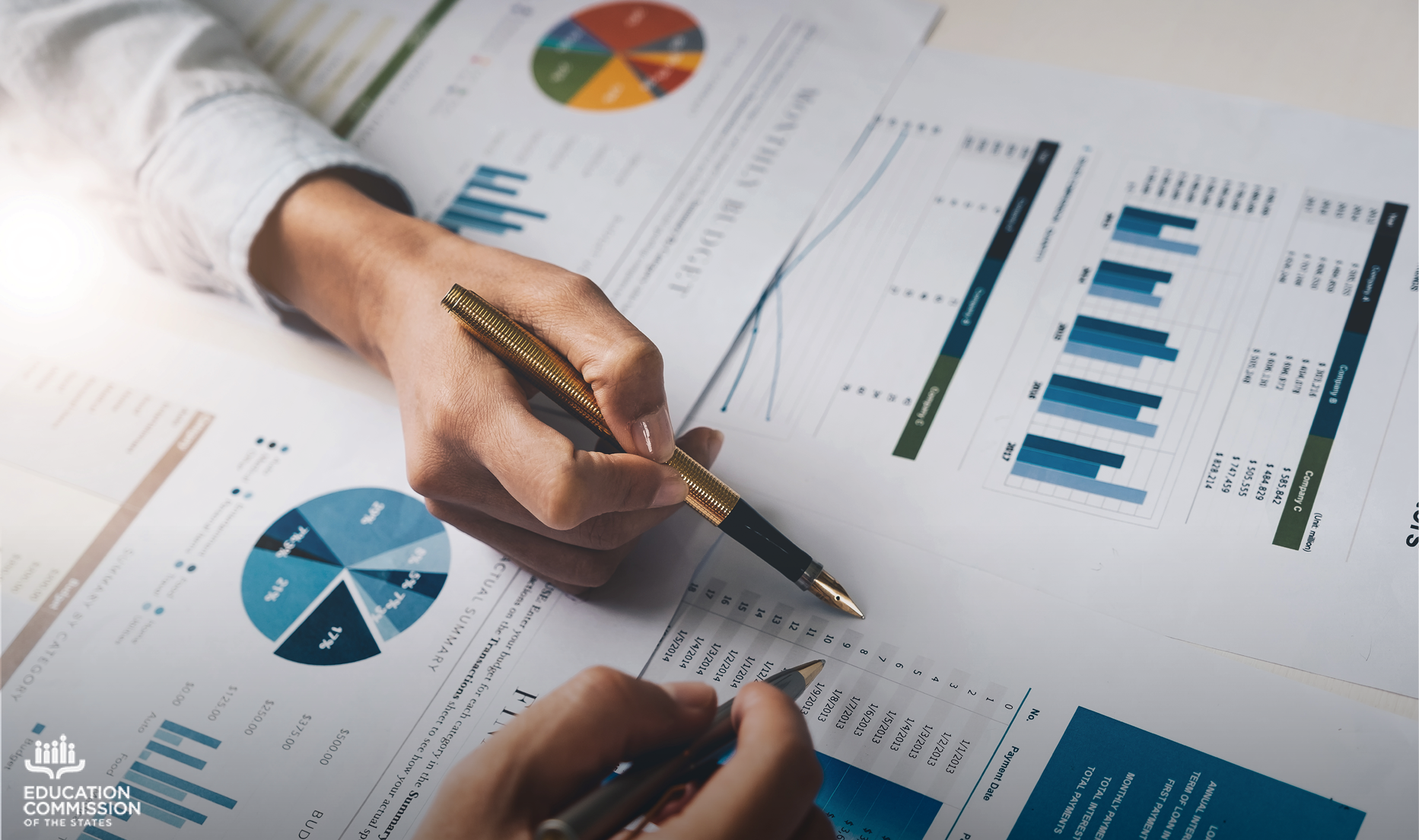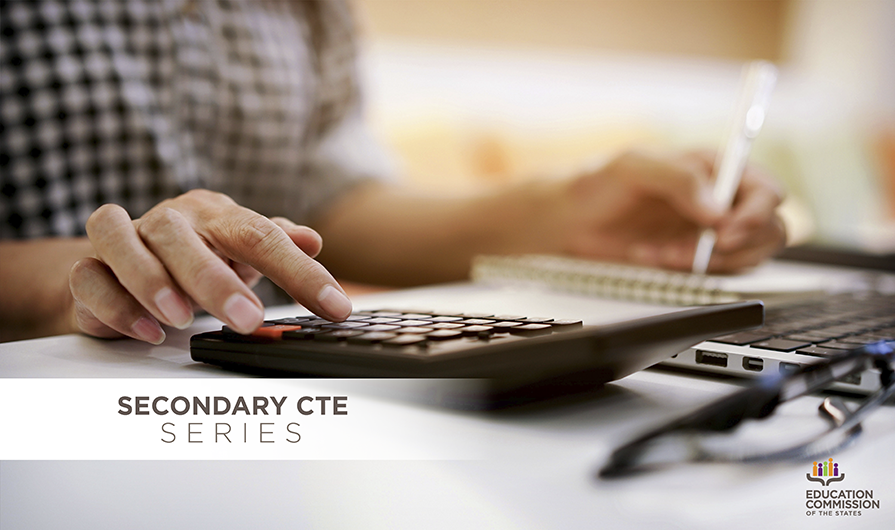Today marks the beginning of oral arguments in the Department of Education v. Brown and Biden v. Nebraska Supreme Court cases. These two legal challenges may determine the fate of President Biden’s student debt forgiveness plan. While we await the court’s decision later this year, it is worth considering the potential impacts of broad-based debt relief, especially given the unique economic conditions and pressures facing higher education.
If the Supreme Court decides in favor of debt forgiveness, how will student behavior in higher education change? Will students be more inclined to pursue additional degrees or credentials that could result in more student debt? Additionally, we know that $10,000 in forgiveness alone would erase all student debt for 29% of borrowers, which benefits certain demographics and degree holders more than others. For instance, Black adults face higher than average debt burdens than others in part because of racial wealth gaps. It’s fair to ask, how would debt forgiveness influence borrowers’ spending habits? Could it add inflationary pressure to the economy? It will take time to understand the ripple effects of debt forgiveness at this scale.
However, if the court rules against the debt forgiveness plan put forward by the Biden administration, tens of millions of borrowers will resume payments on higher levels of debt after three years of loan forbearance. With high inflation raising the cost of borrowing and expenses, the financial landscape has changed drastically since the COVID-19 pandemic began. This is leaving some borrowers worse off than before.
According to the Consumer Financial Protection Bureau, 7.1% of student loan borrowers were behind on other debts compared with 6.2% before the pandemic began. Similarly, a report from the Federal Reserve Bank of New York raises concerns that borrowers under the age of 40 are falling behind on other monthly debt payments compared to their older counterparts. There are fears among some that many borrowers won’t be able to afford payments, which could lead to an increase in defaults.
Higher education systems and institutions are also at risk because of years of enrollment declines and a tight labor market. If these trends continue, the long-term viability and sustainability of some institutions could be threatened. It is unclear how the Supreme Court's ruling could affect students' decisions to enter or re-enter higher education, creating further uncertainty.
Finally, from a state’s perspective, the Supreme Court’s ruling will create opportunities and challenges for policymaking depending on the outcome. Will more states define debt as income for income tax purposes if the plan is legal? Conversely, if debt relief does not occur and payments resume, will states help alleviate the debt burden for borrowers who are most in need?
Throughout this process, the Biden administration has expressed confidence that student loan forgiveness is legal under the HEROES Act of 2003. However, if the Supreme Court disagrees, it is also possible that the Biden administration may re-establish the plan under the Higher Education Act of 1965, as some advocates have argued. There are also other avenues the federal government may pursue to extend the debate over student debt forgiveness, which may further delay answers to the questions raised here.
While we will get rulings on these cases sometime this summer, it is not clear that the legal fight over student debt forgiveness — and the questions raised here — will go away anytime soon.









